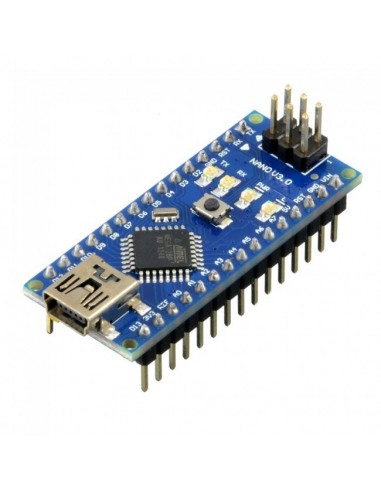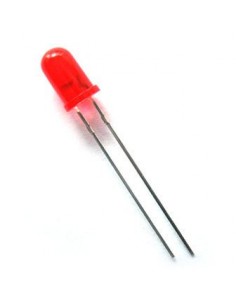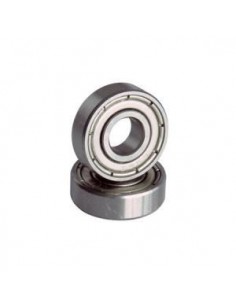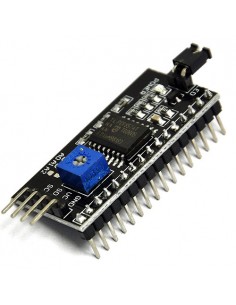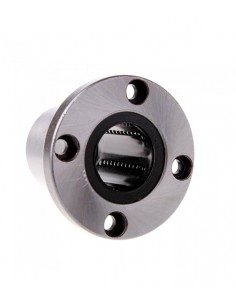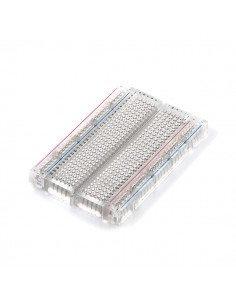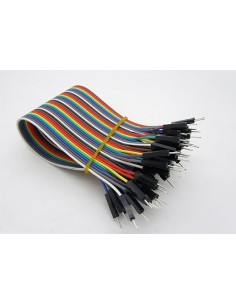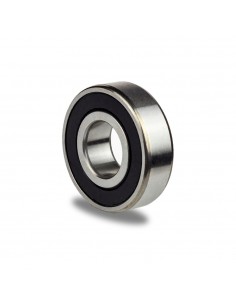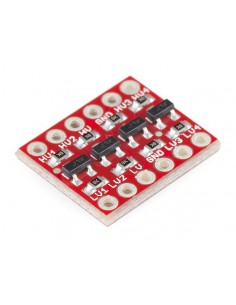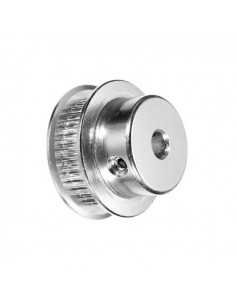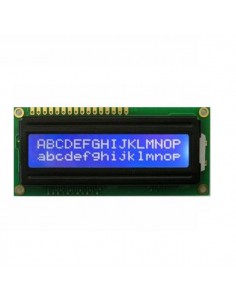The Arduino Nano is a small, complete, and breadboard-friendly board based on the ATmega328. It has more or less the same functionality of the Arduino Duemilanove, but in a different package. It lacks only a DC power jack, and works with a Mini-B USB cable instead of a standard one.
Please note the break away pins headers of this board is not yet soldered.
Specifications:
- MCU: ATmega328
- Operating Voltage (logic level): 5V
- Input Voltage (recommended): 7-12V
- Input Voltage (limits): 6-20 V
- Digital I/O Pins: 14 (of which 6 provide PWM output)
- Analog Input Pins: 8
- DC Current per I/O Pin: 40 mA
- Flash Memory: 32 KB (ATmega328) of which 2 KB used by bootloader
- SRAM: 2 KB (ATmega328)
- EEPROM: 1 KB (ATmega328)
- Clock Speed: 16 MHz
- Dimensions: 0.73″ x 1.70″
- This board uses the FT232RL serial chipset.
Documentation:
Find inspiration for your projects with the Nano board from our tutorial platform Project Hub
You can find in the Getting Started with Arduino Nano section section all the information you need to configure your board, use the Arduino Software (IDE) and start tinkering with coding and electronics.
From the Tutorials section you can find examples from libraries and built-in sketches as well other useful information to expand your knowledge of the Arduino hardware and software.

